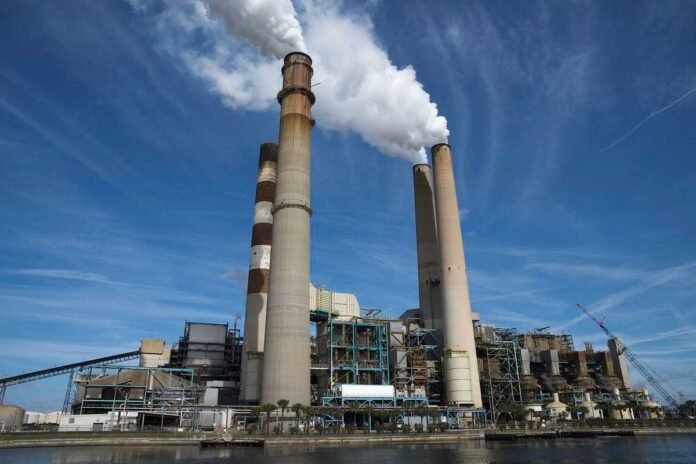China’s major industrial companies returned to profit growth in the first quarter of 2025, signaling strong economic resilience despite escalating trade tensions with the United States, according to official data released on Sunday.
Data from the National Bureau of Statistics (NBS) showed that industrial enterprises above the designated size — firms with annual revenue exceeding 20 million yuan ($2.7 million) — recorded a 0.8% year-on-year increase in total profits, reaching 1.5 trillion yuan. This reverses the 3.3% decline witnessed across 2024. In March alone, profits rose 2.6% year-on-year, following a slight decline in the first two months.
High-Tech Sectors Lead the Recovery
NBS statistician Yu Weining attributed the profit rebound to robust performances in high-tech manufacturing, supported by a range of stimulus measures such as incentives for equipment upgrades and trade-in programs for consumer goods.
Chinese smartphone giant Oppo, for example, reported strong growth in the premium smartphone market segment, boosted by government-backed subsidies promoting consumer electronics sales. Models like the Find X8 and Find X8 Pro, priced above 4,000 yuan, achieved notable sales success in early 2025.
Challenges Ahead Amid Global Uncertainties
Despite the positive momentum, NBS cautioned that the external environment remains increasingly complex, with heightened global instability potentially weighing on exports and broader economic recovery.
During a recent meeting, the Political Bureau of the Communist Party of China emphasized the need for targeted domestic economic strategies to counter external economic and trade pressures. Priority areas include stabilizing employment, enterprises, and market expectations.
More Fiscal and Monetary Support Expected
Economists anticipate that China will deploy a broader range of fiscal and monetary tools to maintain economic stability. Justin Yifu Lin, dean of the Institute of New Structural Economics at Peking University, called for expanded fiscal stimulus to boost household consumption and fund new infrastructure projects. He also advocated for reserve requirement ratio (RRR) and interest rate cuts to ensure liquidity and promote lending to emerging sectors.
“China, as a large economy, has far greater fiscal and monetary policy space compared with many other countries,” Lin said. “If fully utilized, we can expect stability and continued progress this year and beyond.”
Pan Gongsheng, governor of the People’s Bank of China (PBOC), reinforced this sentiment, stating that the central bank would maintain an appropriately accommodative monetary policy to support high-quality economic development.
Zhang Jun, chief economist at China Galaxy Securities, also projected further monetary easing, including RRR and interest rate cuts, combined with targeted support for foreign trade, technological innovation, and consumer demand.
Outlook: A Gradual U-Shaped Recovery
Economists forecast a U-shaped recovery trajectory for China’s economy in 2025, with growth expected to stabilize and strengthen in the second half of the year, supported by strong fiscal stimulus and an evolving macro policy framework.
As China navigates external trade challenges and internal structural adjustments, policymakers are preparing to implement forward-looking, flexible, and effective measures to ensure sustained economic resilience.
